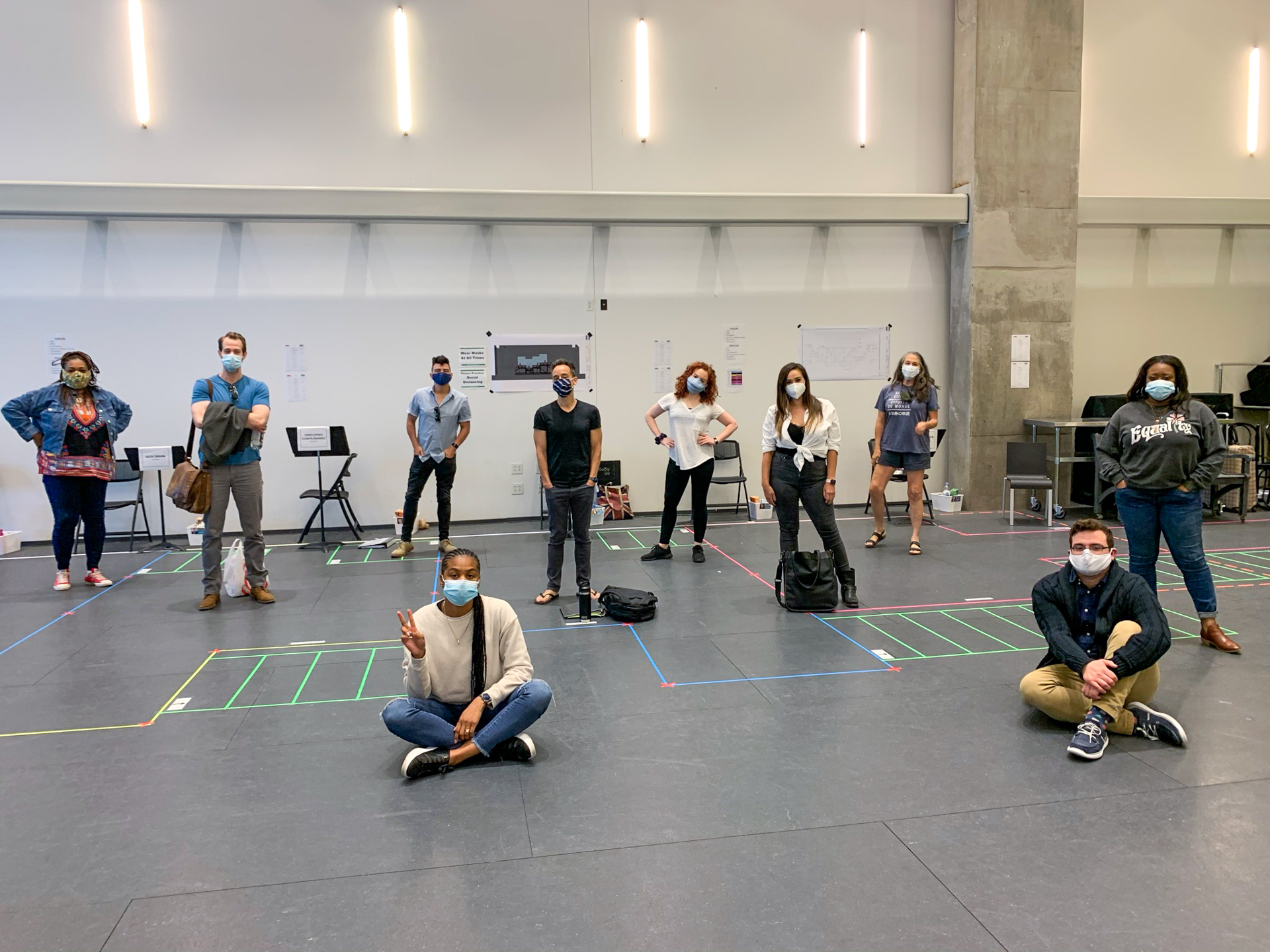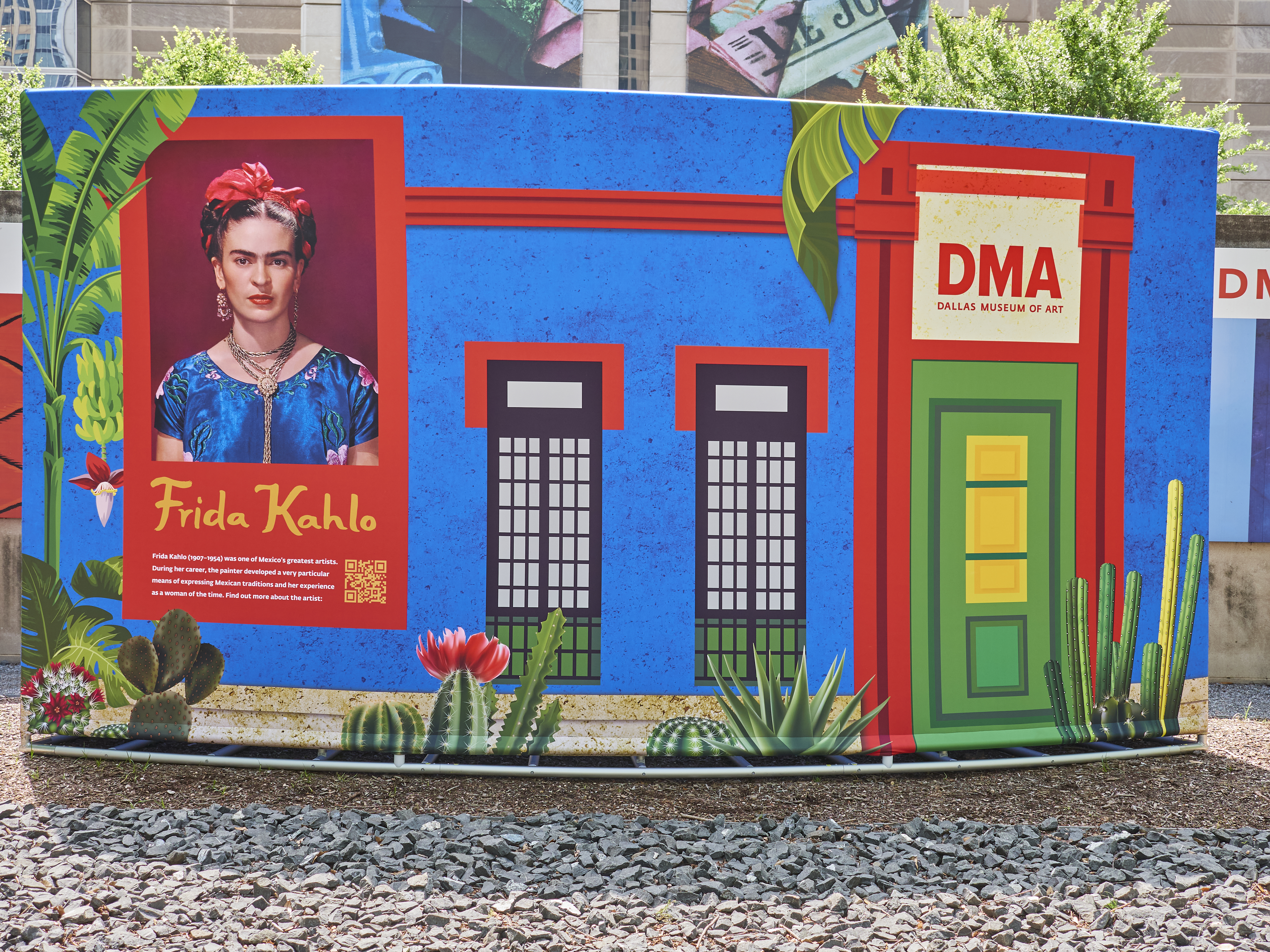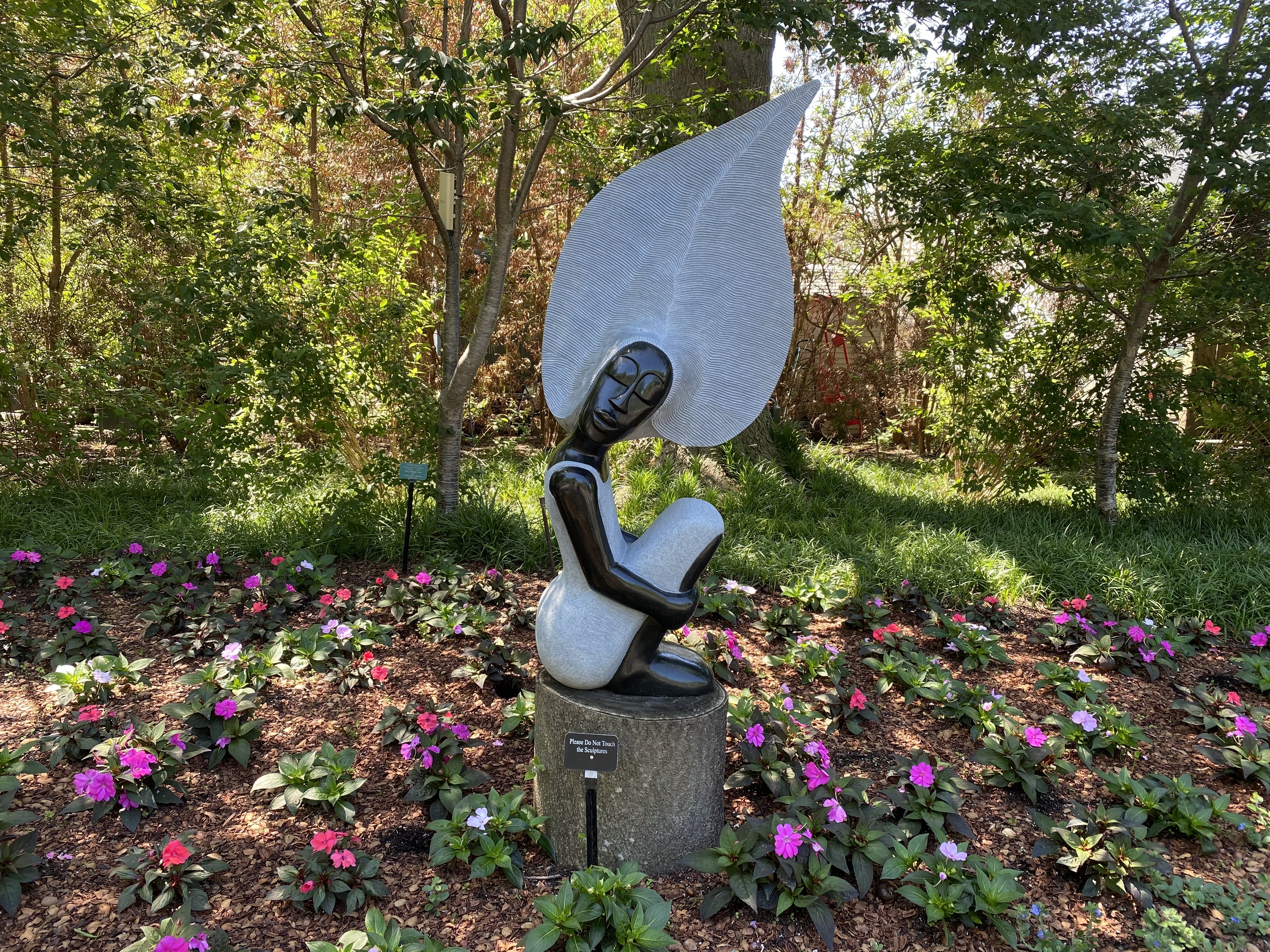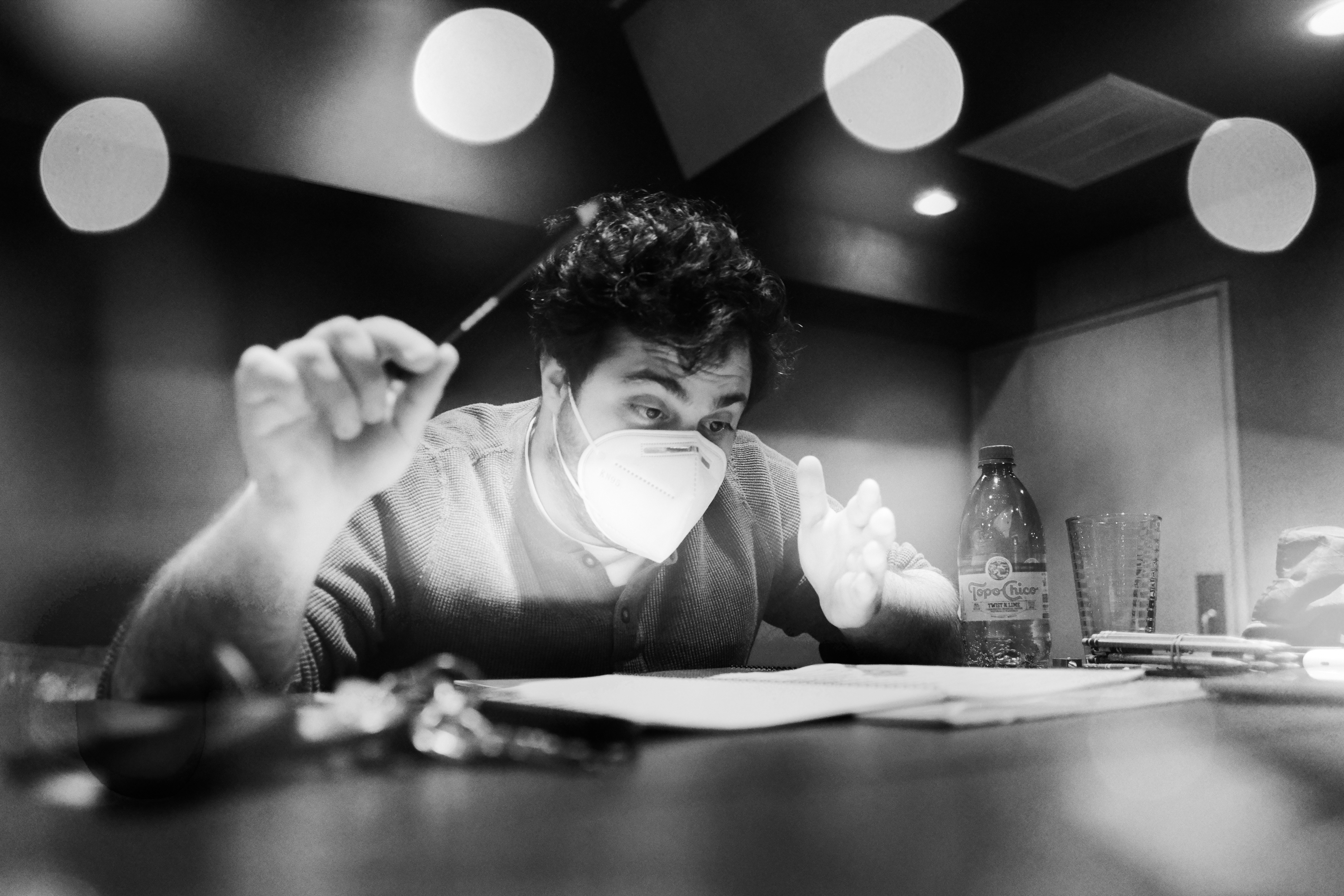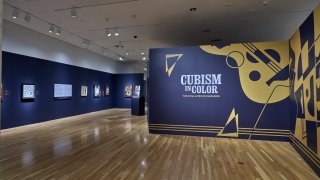
‘Gris’ may mean ‘gray’ in Spanish and French, but Juan Gris’ Cubist still lifes are more than that simple combination of black and white. Cubism in Color: The Still Lifes of Juan Gris, now on view at the Dallas Museum of Art through July 25, explores this artist’s evolving style and contribution to the Cubist movement.
Born José Victoriano Carmelo Carlos Gonzáles Pérez in Madrid in 1887, the artist changed his name to Juan Gris around the time he moved to Paris in 1906. He became one of the four pioneers of the Cubist movement in the early 20th century, along with Pablo Picasso, Georges Braque, and Fernand Léger.
DFW Culture
“Yet in spite of his original contribution to the movement and really unique style, he is arguably the least well-known,” Nicole R. Myers, The Barbara Thomas Lemmon Senior Curator of European Art at the museum and co-curator of this exhibition, said. “He is long overdue for reassessment.”
Get DFW local news, weather forecasts and entertainment stories to your inbox. Sign up for NBC DFW newsletters.
Co-organized by the Dallas Museum of Art and Baltimore Museum of Art, Cubism in Color is the first U.S. exhibition in over 35 years dedicated to Gris.
The exhibition features 38 still lifes, many on loan from prestigious international collections including Centre Pompidou in Paris and the Telefónica Cubist Collection and Museo Nacional Centro de Arte Reina Sofía in Madrid.
“It was a really ambitious project. These were not easy loans to get, and it only became more challenging as the pandemic wore on,” Myers said.
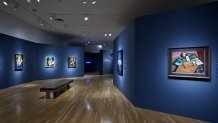
The exhibition weaves through Gris’ artistic development.
“The exhibition is organized chronologically so as you move through space, you are going to move through time and we really worked hard to create this immersive environment where you see this style evolving right before your eyes,” Myers said.
Throughout his stylistic experimentation, Gris maintained his painterly prowess, his passion for rich color, a penchant for texture and patterns, and a concern for the legibility of the object in the painting.
“He really felt that if you are going to explore all of these different ways of showing objects in the real world without naturalistic or illusionistic modes and you couldn’t tell what you are looking at, you had completely failed the experiment,” Myers said.
DFW Culture
The exhibition begins with Gris’ earliest works exemplifying Analytic Cubism, showing his mastery of the modernist style.
“From there you are going to see in this exhibition, this incredible pattern that he develops where every two or three years, he shifts his style, is constantly changing as he is seeking to explore all the properties of color, line, and form,” Myers said.
Beginning in 1913, Gris began experimenting with collage, trompe-l’oeil and Pointillist techniques. One of the most striking works from this period is Still Life before an Open Window, Place Ravignon. Painting with vibrant colors, Gris introduces the traditional European concept of still life in front of a window to the Cubist idiom.
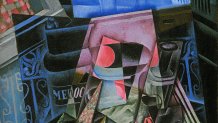
Painted in 1915, the work was most likely inspired by a series of window scenes created by Henri Matisse, a fellow artist Gris befriended a year earlier.
“He is in dialogue with his peers. He is as influenced by them as they are by him. He is really this greatly talented but deeply underappreciated modernist talent,” Myers said.
In 1916, Gris adapted his style again, eventually becoming the leader of the second phase of Cubism called Crystal or Classical Cubism. Guitar and Fruit Dish on a Table reflects Gris’ newly adopted somber palette and a simplification of motifs and organizational structure. Concerned this work was too precise, Gris mixed small pieces of dried paint into wet paint to create a tactile surface.
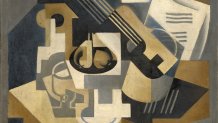
Gris died in 1927 at the age of 40 of chronic kidney failure. His late work reflects another shift in his style. He returns to more vibrant colors and revisits the concept of a still life in front of a window.
Created in 1925, The Painter’s Window demonstrates this final stylistic shift.
“He reinvents his style once more to create this incredible lyrical, poetic style that juxtaposes repeating colors and forms in these harmonious compositions that completely hide the complex geometric organizational structures that are their armatures,” Myers said.
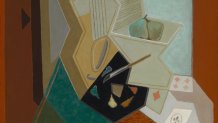
The Painter’s Window features an artist’s palette, one of the self-reflective elements that popped up in Gris’ later works. It is a reminder there is so much more artistry to explore, even in the well-known world of Cubism.
Learn more: https://dma.org/

